
Why Does My Apple Tree Have Curled Leaves? (4 Causes) The Practical
If you notice your fruit tree leaves curling, it is most likely due to one of two problems: peach leaf curl fungus or aphids. Both of these problems are relatively easy to treat if you are diligent and catch them early. For peach leaf curl fungus, you will need to apply a fungicide starting in the early spring before the leaves begin to unfurl.

Leaf curl on young Apple trees General Fruit Growing Growing Fruit
The easiest way to tell what's causing the brown leaves is to check if they're curled or look scorched. If they're just curled, the tree needs water. If they're scorched looking, it's likely fire blight. So, while there are several reasons why apple tree leaves turn brown, how can you tell what's causing it, and how can it be fixed?
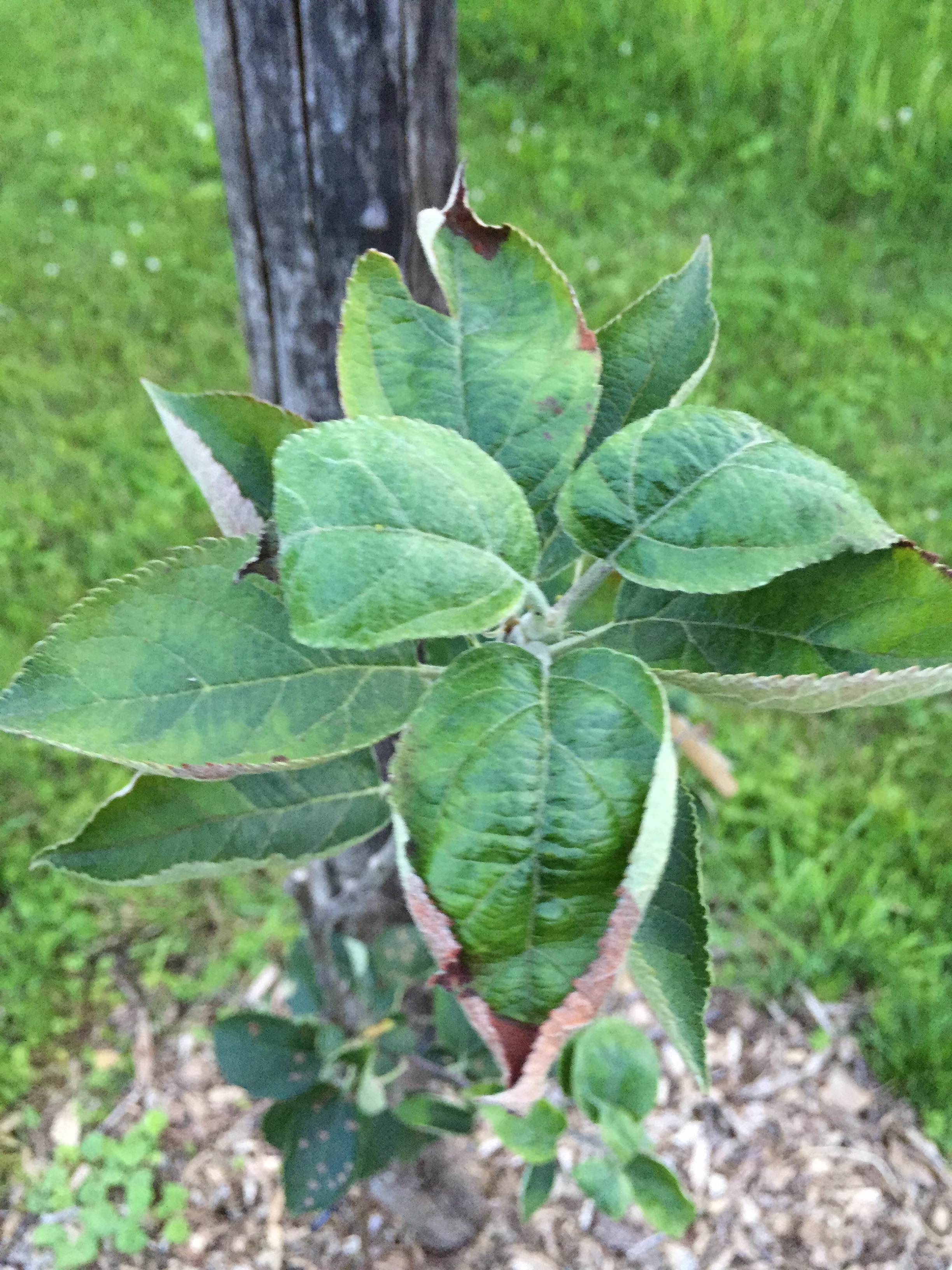
Leaf curl on young Apple trees General Fruit Growing Growing Fruit
Apple trees can experience leaf curl due to a range of factors, but some of the most common causes are: Water shortages Temperature extremes Nutrient deficiencies Pests Diseases Examining each of these areas should help you to identify why your apple tree is experiencing stress. 1) Underwatering

How to Fix Curled Leaves on Apple Trees (6 Causes & Fixes) Couch to
Aphids, fungal diseases, lack of water in drought, or improper feeding are the major causes of curling apple tree leaves. To fix twisted leaves wash the aphids off with water or spray the apple tree with horticultural oil. Also, water the tree when the soil is 2-3 inches dry and fertilize it twice a year with a multi-purpose fertilizer.
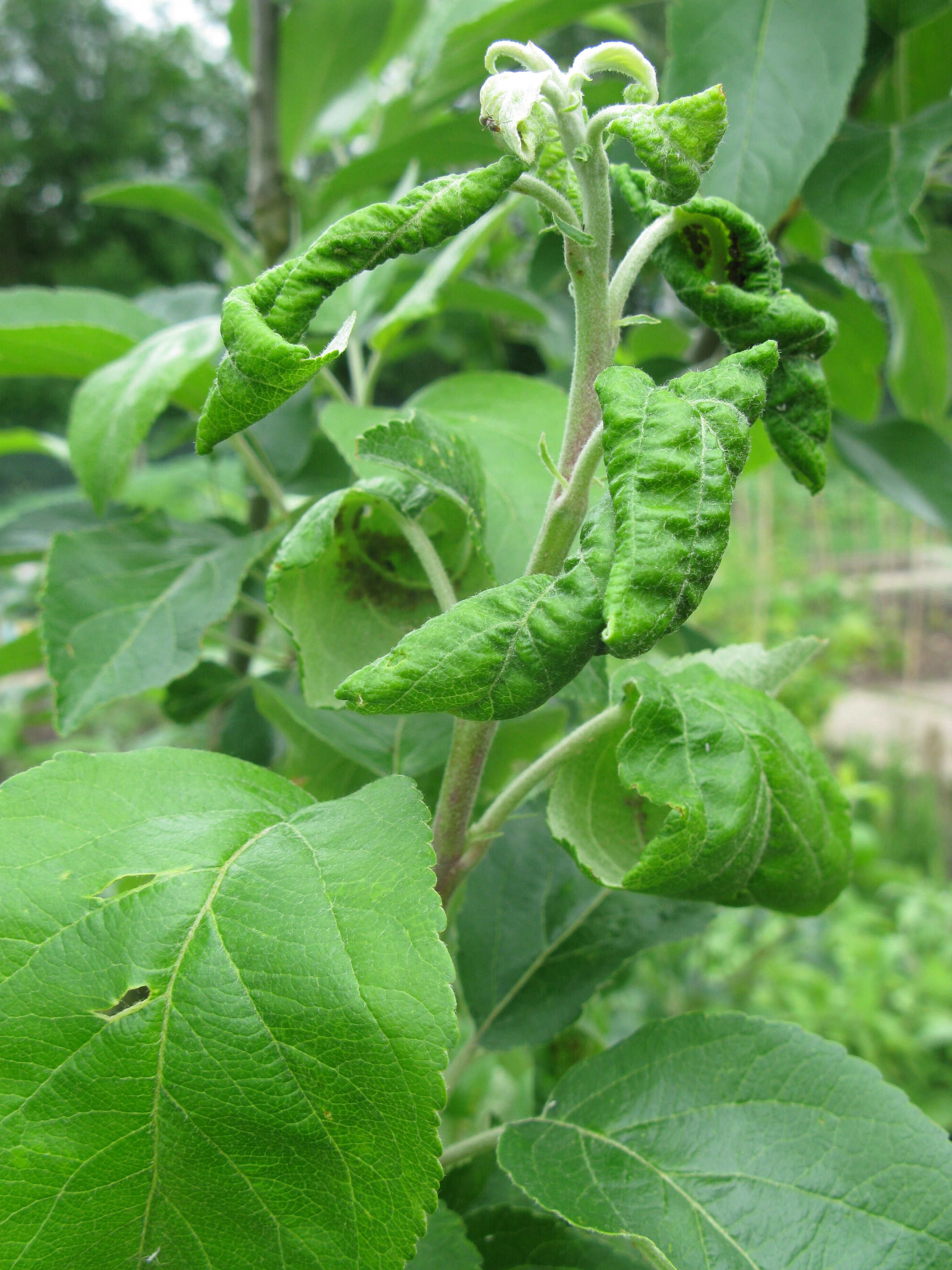
Are your apples looking mouldy or diseased? Here’s how to prevent more
If your young apple tree's leaves are curled and you suspect the apple leaf curling midge is to blame, trim off all infected leaves and branches, and thoroughly dispose of them. A burn pit works well for the proper disposal of these pests. For added apple leaf midge control, spray the tree and the ground around it with a fruit tree insecticide.

Leaf curl on young Apple trees General Fruit Growing Growing Fruit
Apple Tree Leaves Curling Indicates Disease—Here Are the Causes When you see foliage that appears to be rolling up, a few different issues could be the cause. For most of them, you can set things right again with these tips. By Charlotte Germane Updated on September 12, 2023 Reviewed by Joseph Tychonievich

Apple leaves that curl upward? General Fruit Growing Growing Fruit
When the leaves of an apple tree start to curl and turn yellow, it can be a sign of two things: too much nitrogen in the soil or an apple tree fungus. Either way, if the leaves are yellow, your tree is not doing well. Fungal Problems 1. Apple Scab This is a fungal disease that often hits the tree after rainy weather.

Leaf curl on young Apple trees General Fruit Growing Growing Fruit
While the curled leaves are unsightly, the relatively temporary presence of aphids on its new shoots will have less of an effect on the tree than would be caused by constantly snipping them off.
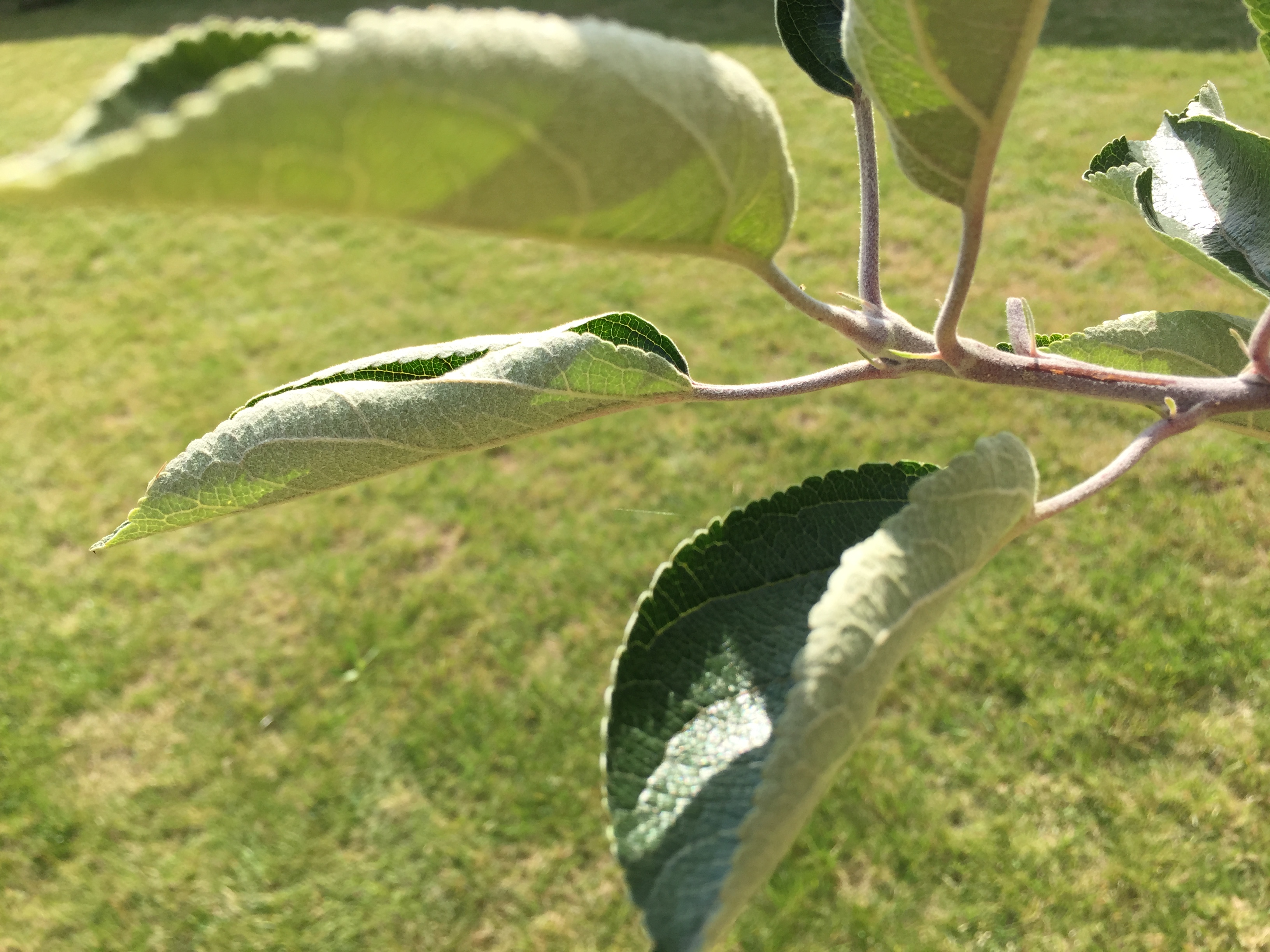
Apple Tree Leaf Curling — BBC Gardeners' World Magazine
Those curled up leaves on your apple tree can totally ruin your apple crop. And if your apple tree is less than 4 or 5 years old, it may be living its last moments… If the leaves of your apple tree are curling up, it's not harmless. It's the sign of a pest that is taking hold: the aphid. It can be : Ashy aphid The woolly aphid The green aphid

12 Ways To Treat Curling Leaves On Apple Trees (Easily)
Short Answer Apple tree leaves can curl for a variety of reasons, such as insect infestations, disease, environmental stress, or nutrient deficiencies. For example, apple tree leaves can curl when infested with aphids or other sucking insects, or when the tree is exposed to cold temperatures or drought.
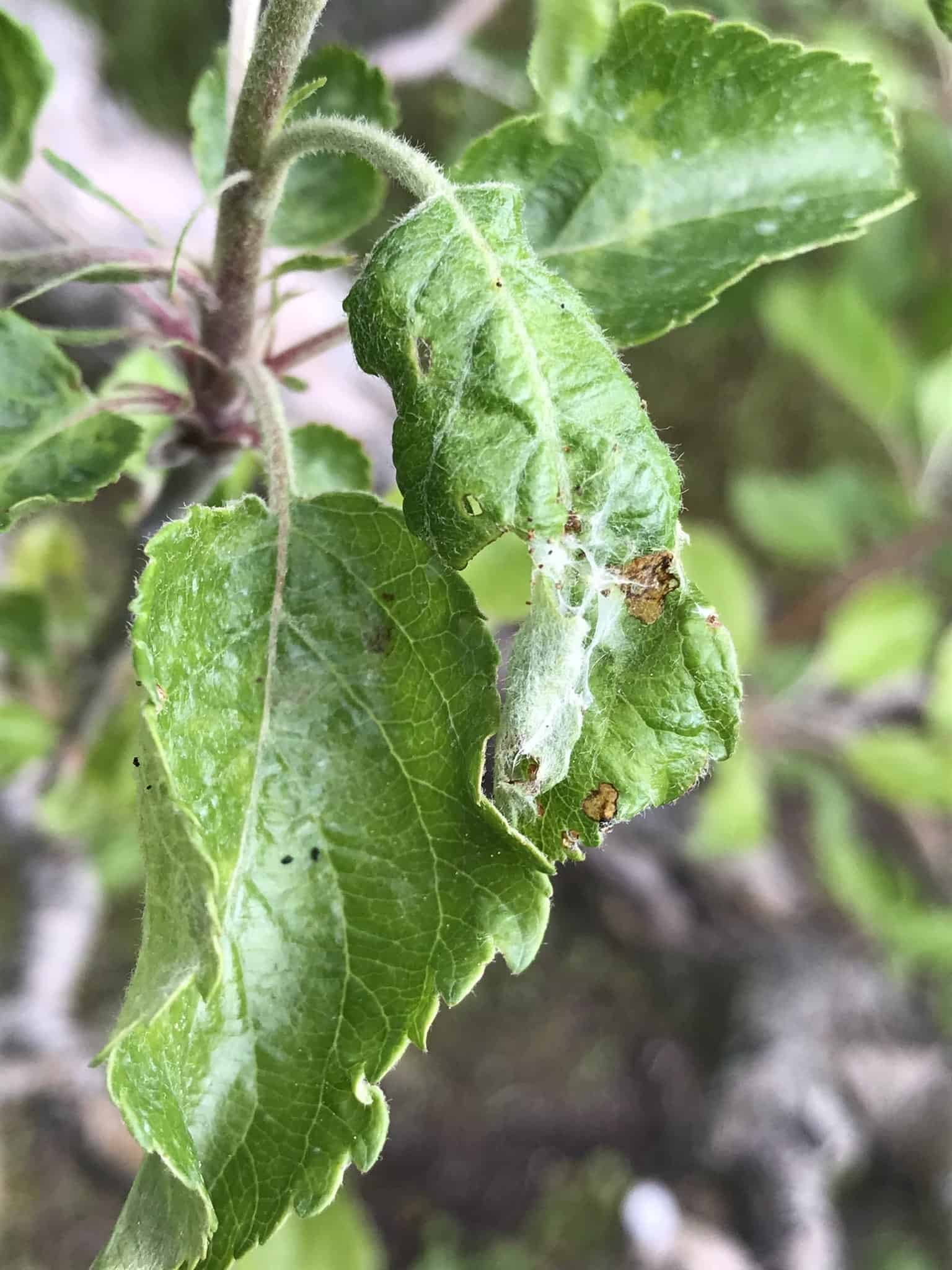
Why are my Apple Tree Leaves Curling? [Causes & Easy Fixes] Plants Craze
The apple leaf curling midge is a species of small fly that causes curling in apple leaves. The female lays its eggs on immature apple leaves during the spring. The larva of these eggs feed on the leaves causing them to curl tightly around the insects. Infested leaves eventually turn brown and drop to the ground.

5 Reasons For Curled Leaves On Apple Trees Horticulture.co.uk
To fix curled leaves on apple trees, only water when the top 2-4 inches is dry, grow in USDA hardiness zones 3-8, feed it compost and fertilizer regularly, and inspect the leaves for any signs of pests or diseases such as aphids, leaf rollers, apple scab, and fire blight. Also, prune any dead or infected leaves.
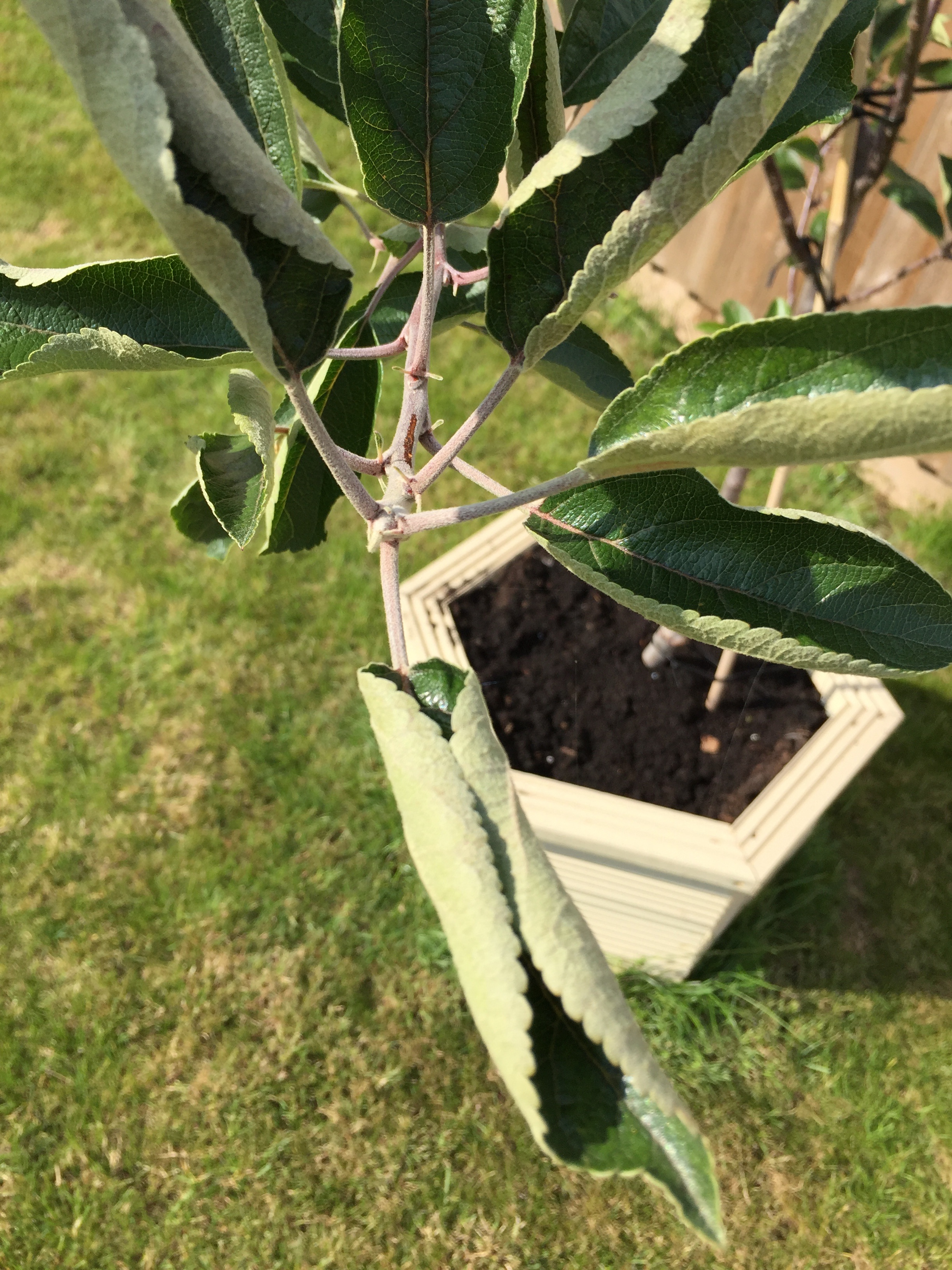
Apple Tree Leaf Curling — BBC Gardeners' World Magazine
The leaves on my apple tree are curling because of the lack of water. The leaves are slightly rolled up and have a crisp texture. When the leaves lack water, they will curl up to prevent further water loss. There are several reasons why the leaves on your apple tree might be curling. One possibility is that the tree is not getting enough water.

Leaf curl on young Apple trees General Fruit Growing Growing Fruit
There are various causes of the leaves of apple trees curling, including overwatering or underwatering the tree, a nutrient deficiency in the soil, diseases, or pests attacking your tree. These problems can be fixed if you identify them in time before they cause the tree to die.

5 Reasons For Curled Leaves On Apple Trees Horticulture.co.uk
Here are some common causes of leaf curl: Transplant shock. (Common when planting on a hot, sunny day, or late in the season.) Not enough water or too much water. (Roots need oxygen.) Fertilizer. (They're salts, and can draw water away from roots, "burning" the leaves. Avoid fertilizer in the first season.)

Apple Tree Leaf Curling — BBC Gardeners' World Magazine
An Ask Extension Expert Replied June 28, 2023, 9:26 AM EDT. I believe the trees to have been properly watered, and there has been sufficient rain here to the extent that none of the other fruit trees are implicated. since last asking, the circumstances have worsened, despite the use of an organic anti-bacterial/fungal, as well as corresponding.